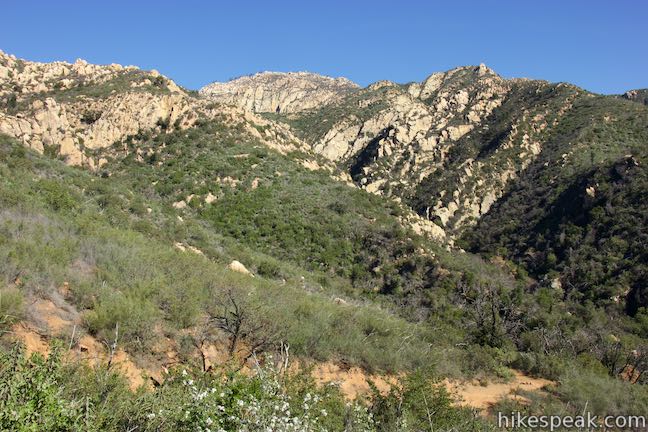Current Projects
The Monarch Alert Program is a student run effort, lead by Cal Poly Professor Francis Villablanca, Science Advisor. Dr. Villablanca's research focuses on using demography in management of biological resources so that management is data driven, involves undergraduate and graduate students as well as community stakeholders and citizen scientists, therefore leading to effective conservation.
Currently, our primary objectives are:
-
Education and outreach to further an appreciation and understanding of monarch biology and migration dynamics.
-
Obtain robust estimates of overwintering monarch population sizes at select sites in San Luis Obispo and Monterey Counties.
-
Develop models, based on diverse ecological variables over local and regional scales, which allow us to predict the population size for overwintering monarchs.
-
Tagging of monarchs to study movement, demographic connections between overwintering sites, and breeding biology.
-
Develop models, based on local, and even grove specific habitat variables, that explain overwintering monarchs abundant, tree use, and movement within and between groves.
-
Science based management, planning and conservation.
-
Collaboration with local Natural History Associations and docent groups that are interested in monarch butterfly biology and conservation.
Here is a list of our student-run projects. Please feel free to ask questions about our ongoing projects on our student-run blog!
Max-Ent model development to predict potential overwintering groves in Santa Barbara County (Kiana, Ashley, and Carly)
-
In cooperation with Althouse and Meade, students are identifying the parameters that may influence overwintering groves selection. After developing a map of Santa Barbara County with chosen environmental and geographic variables through ArcGIS, the Max-Ent program will compare the probabilities of each of the factors in order to identify physical locations on the map. The program will calculate the probability that a grove is used for overwintering. It will also identify characteristics that monarchs are potentially using to select groves. The purpose of this project is to identify naturally occurring areas for monarchs to safely overwinter in order to increase their habitat. We also hope to use the information for management. -- Please check out our video to learn more about overwintering--
Tracking breeding seasonality of monarchs on milkweeds in Santa Barbara and San Luis Obispo Counties (Kiana and Emily H.)

- Monarch butterflies seem to breed year-round on non-native tropical milkweed in coastal California. However, there are also native milkweeds in coastal California. We are exploring whether year-round breeding also occurs on native milkweeds. So far, the answer is no.
Backyard Garden Milkweed Surveys for Phenology and Distribution Studies - Tropical vs Native Milkweed Studies - (Citizen Science Database)

- Our longest running studies are of monarchs in overwintering groves. Our second longest running study is this one; it is supported entirely by citizen scientists. The backyard garden survey and tagging studies are essential for providing the data used by researchers.
Mortality factors in a tropical milkweed garden (Hannah)
- The purpose of this project is to determine the fate of monarchs that emerge from backyard gardens. They can either reproduce successfully, be killed by techinid flies or O.e, or be debilitated by O.e. We are particularly interested in comparing gardens with native and non-native milkweeds.
Timing of departure from Overwintering Sites, and Movement Between Overwintering Sites (Brandi and Jessica Griffiths)

- Most stakeholders currently think that monarch butterflies arrive at overwintering sites and stay for the duration of the winter. We have substantial evidence that monarchs move extensively among sites. This movement is obvious when we track tagged monarchs.
Monarch Sampling, Tagging Education and Permitting, and Data Collection (Emily G. and Emily H.)
- The purpose of this project is to collect information and build content for this website with the citizen scientist in mind. We hope to facilitate citizen scientist involvement in tagging studies. We aim to inspire future generations to care about monarchs.
Is there a Permanent Breeding Population of Monarch Butterflies in Coastal California? (Aidan and Josh Walker)
- Many of you reading this know the answer to this question. As scientists, we need to present and evaluate the data associated with that answer. We have relied heavily on citizen scientists who participate in our backyard garden survey and tagging studies.
Los Padres National Forest Native Milkweed Surveys (Ashley, Dr. Villablanca, Louie Yang)

- Our field sites in the Los Padres National Forest of Santa Barbara County are used to measure milkweed stems, count eggs and larvae to determine phenology of milkweeds and monarchs. Data is used by Louie Yang at UC Davis for understanding relationship between monarchs and milkweed and determine how the life cycle is fluctuating from year to year.